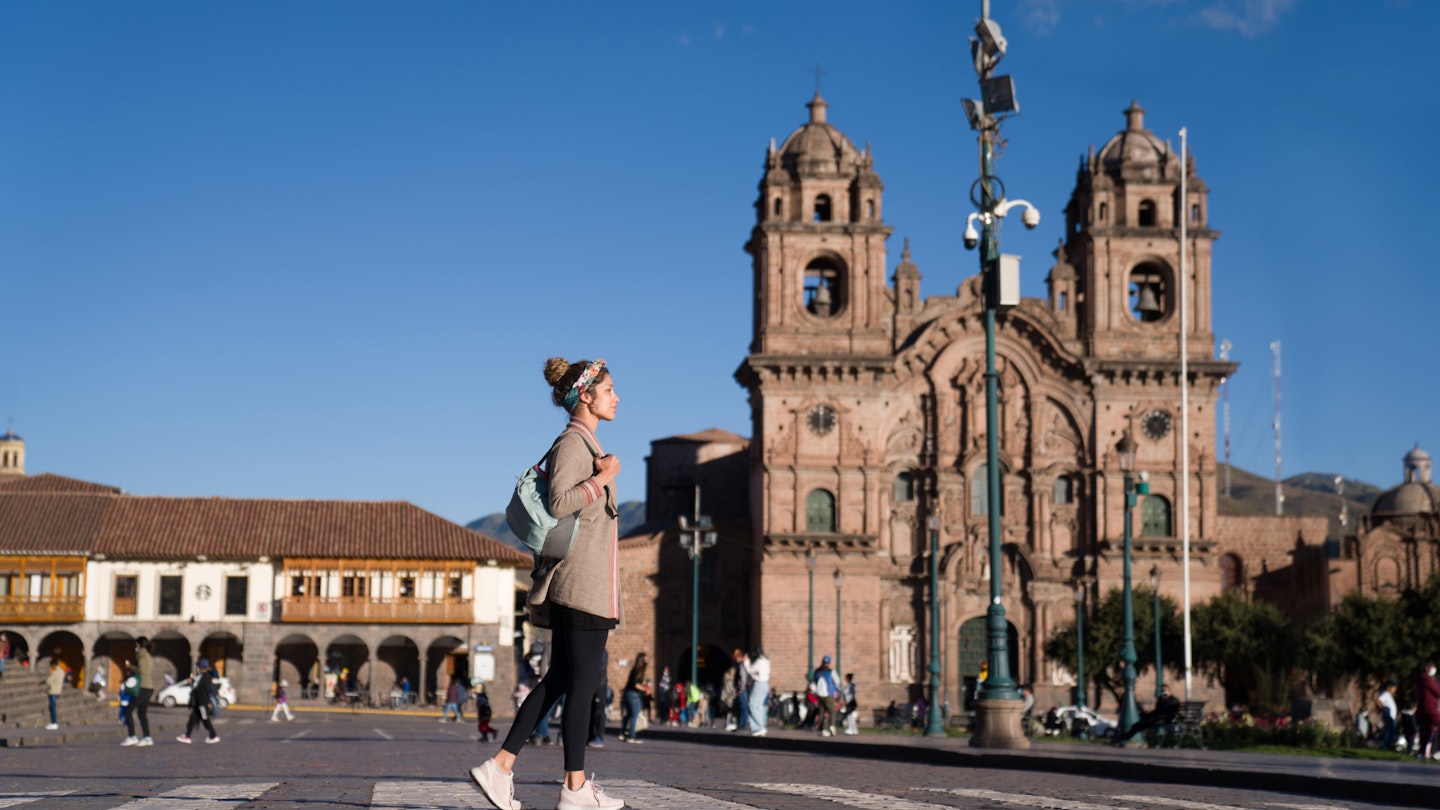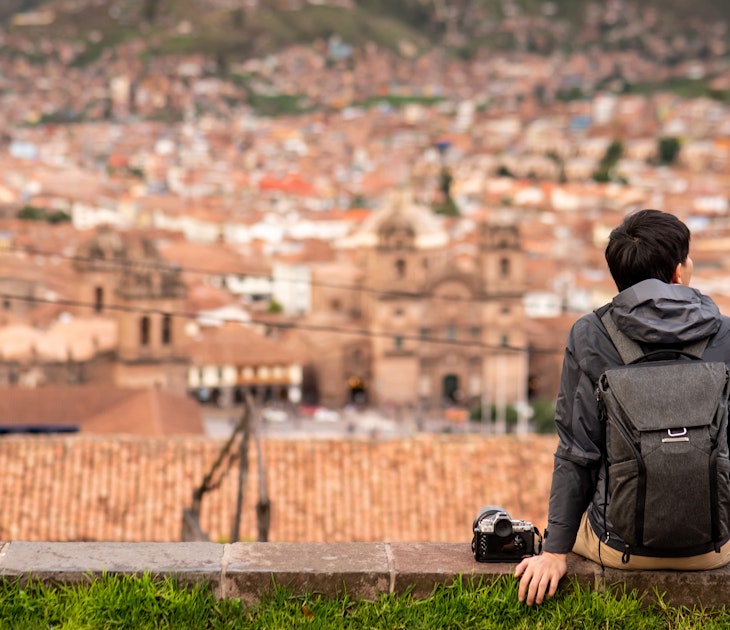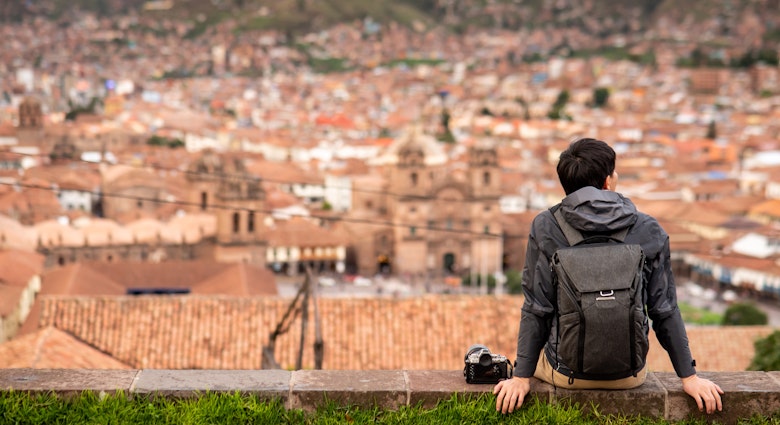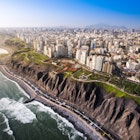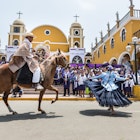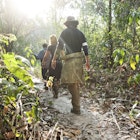Peru is a megadiverse country, offering countless adventures and cultural experiences for the intrepid – as well as potentially endless head-scratching and headache-inducing occurrences for the uninformed traveler.
Whether you plan to stay put in the capital or venture on a circuit through each geographical region, it’s always advantageous to have local insight. Here are some of the top things to know before traveling to Peru.
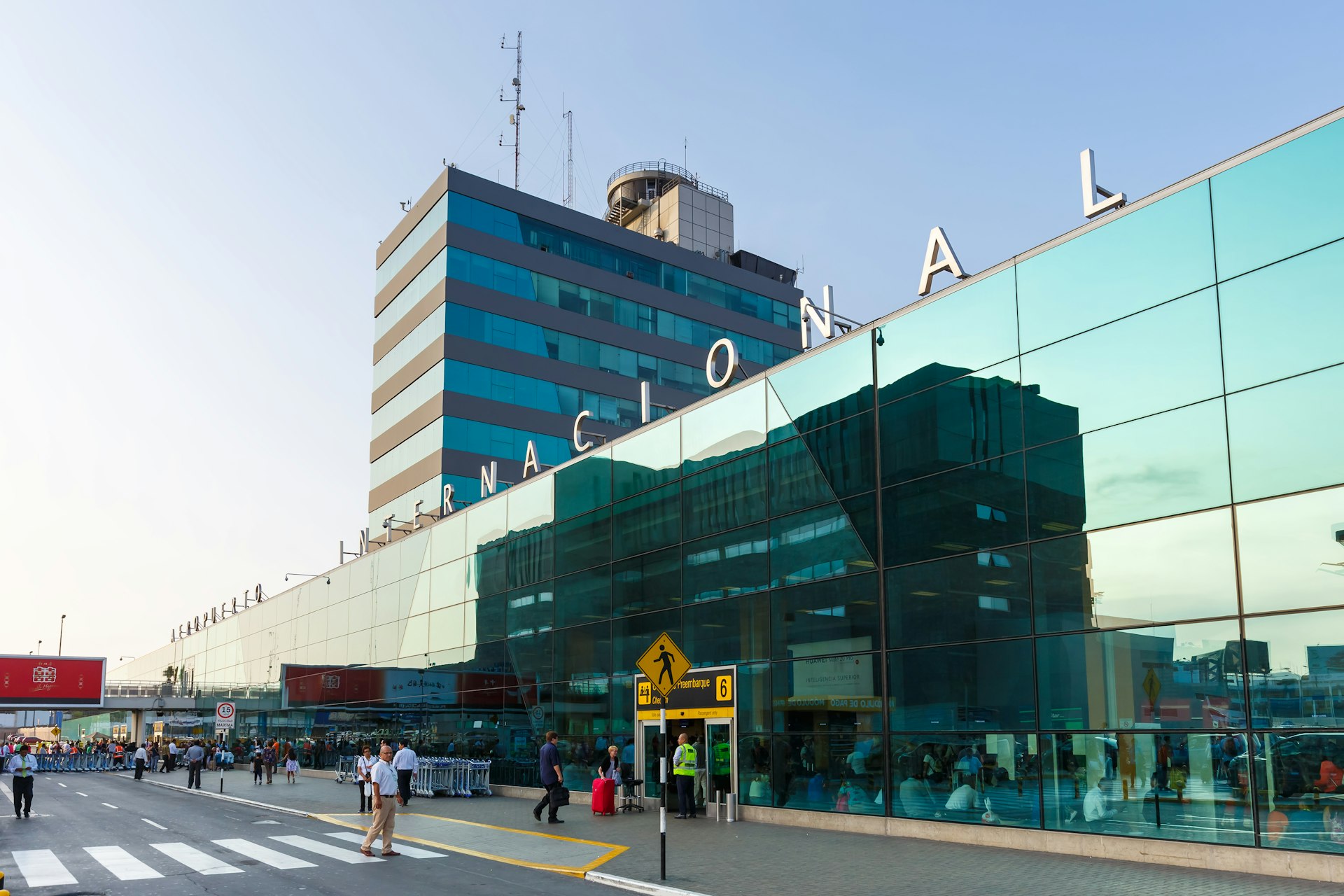
1. Peru’s only international airport is in Lima
Until the Chinchero Airport (a 45-minute drive from Cuzco) is finished, all international air passengers to Peru will first touch land in the metropolitan area of Lima, via the Jorge Chávez International Airport.
From the airport to San Isidro, Miraflores or Barranco – neighboring districts of Lima that make up the capital’s tourist-friendly trifecta – it's usually a 40-minute taxi ride outside of rush hour.
Don’t try to pick up a taxi outside of arrivals nor from the chaotic street just beyond the airport limit; instead, choose from any of the authorized companies represented just after customs. For travelers on a budget, the safest option is the Airport Express Lima bus (with transfers to and from Miraflores only).
2. The shoulder months are the best time to visit Cuzco
The Cuzco region has two marked seasons: the rainy season (November to April) and the dry (May to October). When the rain is in full effect, areas like the idyllic Sacred Valley turn lush with native crops and tourism is comparatively low.
That said, the wet climate makes the period between January and March especially difficult (and even dangerous, in some cases) for epic hikes.
The dry months are ideal for trekking and most adventure sports – though as a direct correlation, tourism is at its highest then. The best time to visit Cuzco? Aim for the shoulder months, just before the rain (October) or at its tail end (May).

3. Book well in advance for Machu Picchu, Huayna Picchu and the Inca Trail
Is it possible to snag last-minute entry tickets to Machu Picchu? Sure, it can happen – but as Peru’s most popular tourist attraction, it doesn't make sense to risk it.
Purchase your entry ticket at least one month in advance, especially if planning to visit the Unesco World Heritage Site between June and August (the busiest months for international visitors).
While you're at it, consider adding on the entry to Huayna Picchu, the tall peak that appears behind the citadel in classic Machu Picchu photos. Only 200 visitors a day are able to make the steep, hour-long ascent that leads to a privileged bird’s eye view of the archaeological site.
Cuzco's dry months are also the high season for one of Peru’s most epic hikes, the Inca Trail. This trek requires a permit that can only be purchased through an organized tour. Keep in mind the trail closes every February for maintenance.
4. In Peru, just one cheek kiss will do to say hello or goodbye
For some travelers, Peru’s salutation may seem too close for comfort, while others – we're looking at you, Italians – will see it as half-finished.
When meeting or greeting someone of the opposite sex or in the case of two women, Peruvians will offer an air kiss on one side of the face. Call it a lingering effect of machismo culture, but men typically greet each other with a simple handshake and hug.
Don't try to enter or leave a party without greeting everyone, be it with a hug or air kiss, as that will appear disrespectful.

5. Keep soles and centimos on hand, especially outside of major tourist zones
Credit card acceptance and even payment applications are commonplace in bustling cities, like Lima and Cuzco, though you will want to keep local currency (sol) on hand at all times.
You can’t miss a visit to open-air markets, such as those in Lima's Surquillo neighborhood and the San Pedro market in Cuzco, where vendors prefer cash. While at the market, pick up a small coin purse as public transportation and restrooms run on pocket change.
And for towns outside of the typical tourist circuit – think Tumbes in the north or Ayacucho in south-central Peru – cash on hand is a must.
6. Tipping may not be a local custom, but that doesn’t mean you shouldn’t
When it comes to dining out in Peru, there is no standard for tipping. That said, Peru’s tipping culture (or lack thereof) should be an exception to the rule of “do as the locals do.” As a visitor, go ahead and leave your waiter, barista or hostess a tip that seems appropriate to you.
7. No, your watch doesn’t need to be reset, it’s just the "hora Peruana"
La hora Peruana (Peruvian time) refers to the stereotype of Peruvians showing up late – not just 15 minutes late but upwards of an hour late.
The phrase is tossed around amongst Peruvians and expats alike, as we’ve all struggled with that landlord, friend or coworker who says they’ll be there in the morning and are a no-show until after lunch.
Of course, la hora Peruana is a generalization, but it’s best to be mentally prepared in case someone you made plans with doesn’t show up on the dot...or anywhere close to it.
8. Keep spare toilet paper in your pocket – but never flush it!
Public restrooms in Peru are infamous with international travelers. From seatless toilets to humble holes in the ground, we’ve seen it all, but those squeamish moments are nothing you can’t survive.
Follow bathroom etiquette and toss toilet paper in the wastebasket rather than flush it. Public restrooms usually aren’t stocked with toilet paper, so keep a travel-size roll in your day bag, or be prepared to pay 50 cents for a few squares upon entry.
9. Eat and drink with your gut health in mind
Let’s be honest, Peru likely became your destination of choice partly because of the reputation and recognition of its gastronomic scene.
Your senses will be tantalized by the unique kick of ají pepper in a ceviche, the sounds of sizzling suri (palm-weevil larvae) or the pink froth topping a glass of frutillada (traditional chicha, or fermented corn beer, blended with strawberries) – classic street-food items, depending on which region of Peru you’re visiting.
When it comes to street food – and especially drinks, as Peru does not have clean tap water – there’s always a risk for “travelers’ stomach.” If you have any doubt, play it safe and wait until you get to a recommended restaurant to try that dish you’ve been eyeing.

10. Take a full day (if not two) to acclimate before any high-altitude activity
No matter how much physical training you've accomplished at sea level prior to your trip, arriving at high-altitude destinations like Cuzco – 3399m (11,152ft) above sea level – can be brutal.
And what could be worse than dizziness, nausea and other symptoms of soroche (altitude sickness) keeping you from bucket-list hikes, such as Vinicunca, better known as Rainbow Mountain, 5200m (17,060ft) above sea level?
When planning your trip, include a day or two to acclimate before starting any physically demanding activity. Stay hydrated and avoid heavy food and alcohol. And whether or not you decide to take altitude pills, consider local remedies, such as muña tea and coca leaves.

